Introduction – The poetry of a simple wheat field
What if a simple pile of hay became the stage for an emotional upheaval?
Under the brush of Claude Monet, the banality of a Norman field transforms into a luminous symphony, a tribute to the passage of time. The series of Monet's Haystacks is not a simple agricultural representation: it is a pictorial meditation, an ode to the ephemeral moment, a window open to the soul of nature.
Each canvas captures a breath, a vibration, a unique light. At dawn, at dusk, in the winter mist, or under the golden warmth of the evening, Monet varies the same motif with a breathtaking sensory intensity. The viewer does not observe; they feel.
Even today, these Impressionist works fascinate with their softness, their vibrant silence, their ability to transform a rural landscape painting into a universal masterpiece. At Alpha Reproduction, we celebrate this art of the moment by recreating, in oil on canvas, all the magic of this masterful series.
The series of Monet's Haystacks: a work in several parts
À première vue, les Meules de Monet semblent répétitives. Mais derrière cette apparente simplicité se cache l’une des entreprises les plus audacieuses de l’histoire de la peinture. Réalisée entre 1890 et 1891, cette série regroupe environ 25 tableaux, tous centrés sur le même sujet : des meules de foin stockées dans un champ, à proximité immédiate de la maison de l’artiste, à Giverny.
It is not the motif that varies, but the light, the atmosphere, the chromatic temperature, and sometimes even the texture of the air. Monet, in an approach that is almost scientific but profoundly poetic, decides to observe this fixed landscape at different times of the day and seasons. The painting then becomes a revealer of the moment, a mirror of natural light in perpetual mutation.
Cette série marque un tournant dans sa carrière. C’est ici que Monet développe pleinement son projet de « peinture en série », qu’il poursuivra avec les Cathédrales de Rouen, les Peupliers, les Nymphéas… Un concept avant-gardiste qui influencera durablement l’art moderne, du fauvisme à l’abstraction.
The Haystacks do not tell a story: they record time, they paint it. And that is what makes them so profoundly alive.
The origins of the project: winter in Giverny
It all begins in the winter of 1890, in the small village of Giverny, shrouded in mist and silence. Claude Monet, having settled in his Norman house for several years, observes the fields that border his property. There, in the midst of the sleeping countryside, rise haystacks, tall and rounded, covered with frost, then snow, then gold as the days go by.
Monet is fascinated. He sets up his easel outdoors, despite the biting cold, to capture the subtle intensity of this still scene. Quickly, he understands that this modest subject can become the basis for an infinite artistic exploration: the same subject, but never the same light. He then begins to paint several versions simultaneously, alternating the canvases according to the lighting.
This choice of 'the same subject, different moments' is revolutionary. It reveals a new way of painting not what one sees, but what one feels. In this series, Monet moves away from the simple impressionist gaze to enter a form of visual contemplation, almost spiritual.
The Haystacks project is thus rooted in a moment of solitude, of intense concentration, in the heart of the frosty winter in Giverny. And perhaps it is this silent depth, this meditative patience, that continues to touch our modern sensibilities today.
Capturing changing light: the very essence of impressionism
Monet's ambition in the Haystacks series goes beyond the simple representation of a landscape: he seeks to paint light itself. An elusive, moving light that changes with each hour, with each season. This is the full power of impressionism – a movement born from the moment, from immediate sensation, from the vibrant perception of reality.
Plutôt que de fixer une scène figée, Monet nous donne à voir une multiplicité d’instants. L’aube baigne les meules d’une fraîcheur bleutée, le midi les nimbe de chaleur éclatante, le crépuscule les enveloppe d’un voile rosé ou violacé. Les ombres s’allongent, les contours s’estompent, les couleurs se fondent.
Each canvas becomes a fragment of time, an atmospheric variation captured by the hand and eye of a master. This light, Monet does not copy: he recreates it through pure color, juxtaposed strokes, and reflections placed with precision. It is this vibration of the painted surface that gives the Haystacks their emotional depth.
In contemplating these paintings, one feels more than one looks. We enter a state of suspended perception, as if time had stopped just for a moment… to better escape us.
An infinite visual variation on a single motif
What strikes in the series of Haystacks by Monet is the extraordinary diversity born from a single subject. From one haystack to another, the field remains the same, the overall shapes hardly move. And yet, each painting is a unique work, carrying an atmosphere, a climate, a unique inner light.
Monet plays with nuances like a musician with notes. He modulates warm tones – ochres, russets, oranges – to evoke the flamboyant autumn. He slips in pearly blues or icy whites to express winter. He suggests, through simple reflections or colored shadows, the density of the air, the humidity of the ground, or the caress of the low sun.
This work of subtle composition goes beyond simple observation: it is a true art of variation. Each canvas becomes a emotional landscape painting, where the pictorial material evokes not only what we see, but what we feel. The blurred contours, fragmented strokes, and light impastos give the whole a vibrant, almost tactile softness.
Looking at several Haystacks side by side is to experience a slow metamorphosis, a shift in atmospheres that invites us to slow down, to contemplate, to inhabit the moment.
Colors that touch the soul
Chez Monet, la couleur n’est jamais décorative : elle est porteuse d’émotion, de sensation, d’intériorité. Dans la série des Meules, chaque palette chromatique semble résonner avec une humeur, un état de l’âme, une mémoire sensorielle enfouie.
Some paintings envelop the haystacks in a golden veil, evoking the peaceful warmth of late summer afternoons. Others, bathed in mauve and lavender tones, recall the tender melancholy of an autumn twilight. Elsewhere, pearl blues or pearlescent whites give the scene an almost mystical winter silence.
Monet does not simply use color to represent reality. He transposes it, reinvents it, imbues it with poetry. Each hue seems chosen for its ability to awaken a sensation, a thrill, a calm. It is this sensory palette, so rich and delicate, that makes the Haystacks a profoundly sensory and meditative series.
Through them, nature becomes a reflection of our emotions. They soothe us, elevate us, connect us to something greater, simpler, more essential.
Why this series still captivates the contemporary gaze
Plus de cent trente ans après leur création, les Meules de Monet continuent de fasciner, d’émouvoir, de séduire. Pourquoi ? Parce qu’elles parlent un langage universel : celui du temps, de la lumière, de la nature… et de l’instant présent.
In an age saturated with images, speed, and agitation, these paintings invite us to slow down. To observe, not to consume a scene, but to fully feel it. They remind us of the beauty of the ordinary, the richness of silence, the magic of the everyday sublimated.
For many, the Haystacks also evoke a need for connection to nature. In their rustic simplicity, they ground us, bring us back to the essential. They are profoundly modern works in their ability to create presence, to make the simple an event.
Enfin, la série des Meules résonne avec des préoccupations contemporaines : le cycle des saisons, le travail de la terre, la lumière changeante… autant de thèmes qui trouvent un écho dans notre désir actuel de durabilité, d’enracinement et de contemplation.
That is why these paintings have lost none of their power: they touch, today as yesterday, something intimate and fundamental.
The Haystacks: a symbol of permanence and fragility
In their simple and massive form, the Haystacks may seem solid, anchored, unalterable. But under Monet's brush, they become much more than an element of rural landscape: they carry a deep symbolism, both earthly and poetic.
They embody permanence – these silhouettes set in the field, motionless, similar from one painting to another. They reassure us with their stability, their repetition, their anchoring in the ground and in the cycle of the seasons. But at the same time, they are fragile, subject to the whims of the sky, to the changing light, to the gradual disappearance.
C’est cette dualité qui rend la série si bouleversante. Chaque toile est une méditation silencieuse sur le temps qui passe, sur la finitude des choses, sur la beauté de l’éphémère. Les Meules deviennent des memento mori lumineux, célébrant la vie tout en en évoquant la fugacité.
In Japanese culture, this idea aligns with the concept of mono no aware: the bittersweet awareness of impermanence. And although deeply rooted in the Norman land, Monet's painting touches on this universal sensitivity – the one that resonates within us an intimate chord in the face of what disappears.
A masterpiece that still influences today's artists
Monet's Haystacks series is not just a pinnacle of Impressionism. It has become an essential reference for many modern and contemporary artists, far beyond landscape or plein air painting.
Ce travail en série, cette déclinaison subtile autour d’un même motif, a profondément influencé des figures majeures comme Andy Warhol, avec ses variations pop d’un même sujet, ou Gerhard Richter, explorant les limites entre figuration et abstraction. Même dans l’art minimal ou conceptuel, l’idée de répétition et d’évolution du regard trouve une racine dans la démarche de Monet.
By his desire to capture light as the main subject, Monet also paved the way for explorations of color-light, dear to James Turrell or Olafur Eliasson. Far from being frozen in their time, the Haystacks continue to nourish current artistic research, inspiring plastic, photographic, and digital practices.
Mais au-delà du champ de l’art, la série touche aussi les créateurs de tendances décoratives. Son harmonie chromatique, sa douceur visuelle, sa profondeur silencieuse en font une source précieuse pour les architectes d’intérieur, les designers ou les amateurs d’art à la recherche d’une ambiance naturelle et apaisante.
The Haystacks, in short, do not belong to the past. They still engage with our gaze, with our need for beauty, contemplation, and meaning.
The series of Haystacks in museums around the world
Monet's Haystacks are now scattered across the world's greatest international museums, a striking proof of their artistic value and universal reach. These masterpieces, painted in Giverny in the calm of winter, now travel across continents and cultures.
Among the institutions that carefully preserve them, we find:
-
The Musée d’Orsay in Paris, emblem of French Impressionism
-
The Art Institute of Chicago, where one of the most iconic versions, bathed in golden light, is located
-
The Metropolitan Museum of Art in New York, which exhibits a twilight Haystack of great intensity
-
The Museum of Fine Arts in Boston, or the J. Paul Getty Museum in Los Angeles
These works, rare and precious, are not always visible together. When they are gathered for temporary exhibitions, as was the case in Chicago or at the Beyeler Foundation in Basel, the event attracts visitors from around the world. For seeing several Haystacks side by side is to experience an immersive experience in the rhythm of time and the vibrations of light.
For those who cannot travel, a hand-painted reproduction becomes an open door to this museum-like emotion – to be experienced at home, every day, in the soothing silence of one's interior.
Giving a reproduction of the Haystacks: a gesture of timeless elegance
Giving a painting of Monet's Haystacks is much more than a decorative gift. It is a present filled with meaning, sweetness, and emotion. It is to offer a fragment of light, an atmosphere, a suspended moment that gracefully transcends generations.
Whether for a wedding, a housewarming, a birthday, or simply to show a delicate attention, a hand-painted reproduction of the Haystacks touches with its nobility and sobriety. It appeals to both art lovers and nature enthusiasts, art history buffs as well as aesthetes sensitive to the beauty of the world.
This painting is part of a strong symbolism: that of rural serenity, of time passing, of protective nature. It then becomes a message: to slow down, to contemplate, to savor the light of simple days.
At Alpha Reproduction, each work is entirely handcrafted, with the utmost care. It is also possible to choose a suitable format, a custom frame, and even add a personalized message to accompany the work in its new setting.
A painting of the Haystacks is a gift of the soul. A subtle, elegant, and deeply human gesture.
Putting a painting of the Haystacks in your interior: a soothing atmosphere
Installing a reproduction of the Haystacks of Monet at home means inviting light, peace, and silence into your living space. These paintings, with warm and harmonious tones, create a soothing, enveloping, almost meditative atmosphere. They transform a simple wall into an open window to nature and the passage of time.
In a bright living room, a golden Haystack warms the atmosphere and dialogues with natural materials like light wood, linen, or rattan. In a bedroom, a version in lavender or pink hues evokes the softness of the evening, ideal for a restful and sensory decor. In a reading nook or a library, the work invites calm concentration and silent daydreaming.
The Haystacks pair well with both a Haussmannian style, classic and elegant, and with a clean contemporary decor, a Scandinavian interior, or even bohemian chic. Their delicate palette acts as a visual balance point, creating harmony between decor and emotion.
Choosing a Haystack means bringing home a painting of time, a vibration of nature, a deep serenity. It’s choosing a work that soothes, elevates, and connects.
Our hand-painted reproductions: the excellence of Alpha Reproduction
At Alpha Reproduction, we believe that certain works deserve to be relived with accuracy, material, and emotion. That’s why each painting from the series of Monet's Haystacks is entirely hand-painted in oil on canvas, using techniques faithful to the great masters.
Our copyist artists, trained to the demands of art reproduction, scrupulously respect Monet's color palette, the misty texture of his strokes, and the subtleties of light that make each Haystack unique. The work is slow, meticulous, respectful of the original – never mechanical, always sensitive.
Each canvas is delivered with a certificate of authenticity, guaranteeing its manual creation and museum-quality. We offer different formats, to adapt to your interior spaces, as well as a wide range of custom frames: natural wood, gold, modern black, floating frame…
Our ambition is not merely decorative. It is to revive the emotion of a masterpiece, with the density of the material, the brilliance of oil paint, and the breath of the moment frozen on the canvas. An Alpha Reproduction is a living work, ready to anchor itself in your daily life, with elegance and meaning.
Conclusion – When painting becomes a visual meditation
The Monet Haystacks are not just simple landscapes. They are an invitation to see differently. To feel each hour of the day as a unique moment. To marvel at the subtle variations of the same motif. To listen to the silence of a field. To contemplate the passage of time.
By recreating these works by hand, Alpha Reproduction honors this rare alchemy between technique, light, and emotion. Each painting becomes a visual meditation, a haven of peace, a poetry to hang in your home.
Far from fleeting trends, these paintings touch on the essential: calm, beauty, the moment. They do not tell a story: they remind us that we are alive, sensitive, connected to the world.
✨ What if a Monet Haystack entered your home?
Let yourself be guided by light. Treat yourself – or gift those you love – a fragment of this sensitive eternity. Discover now our hand-painted collection, and bring into your daily life all the soothing power of art.




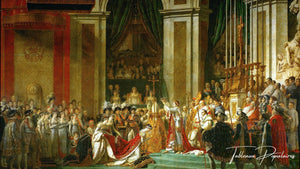
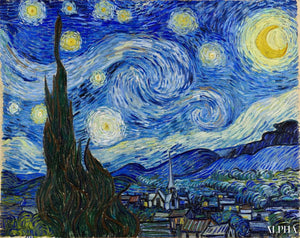
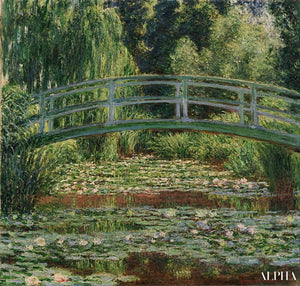
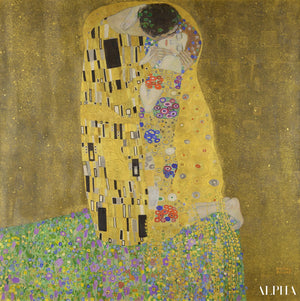
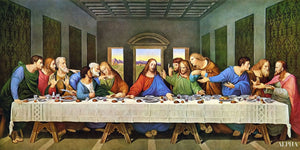
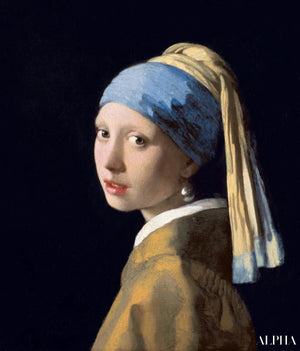
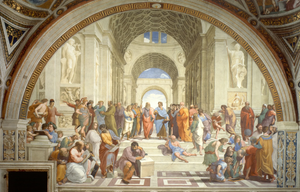
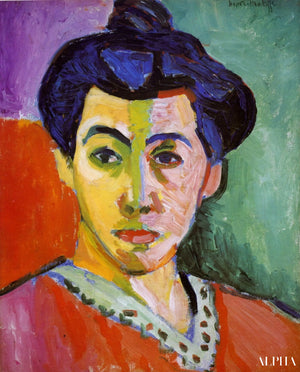
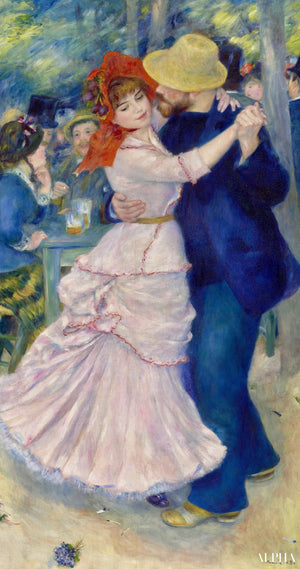
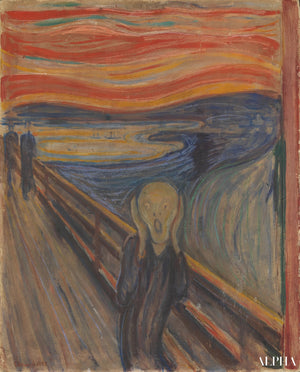
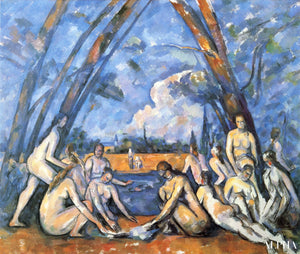
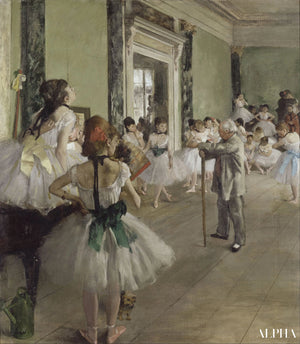
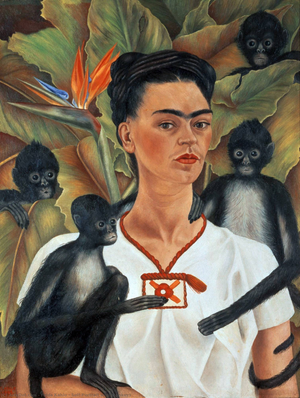
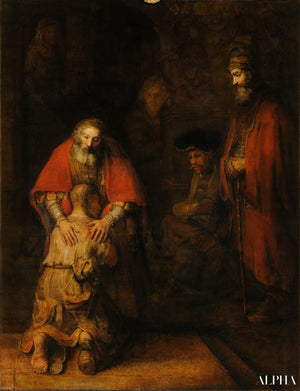
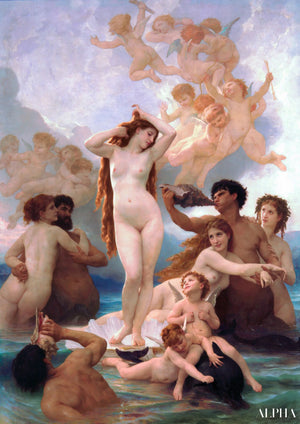
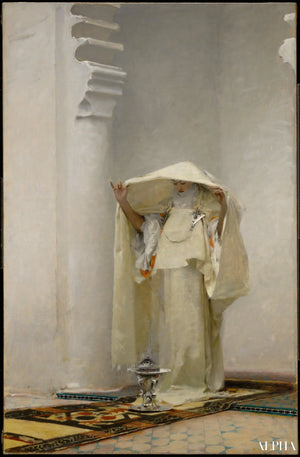
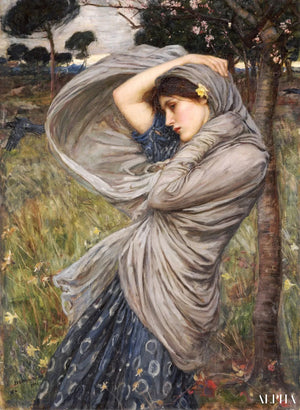

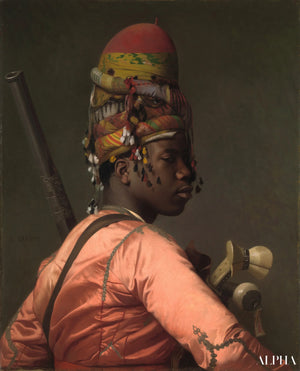
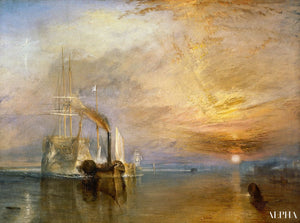



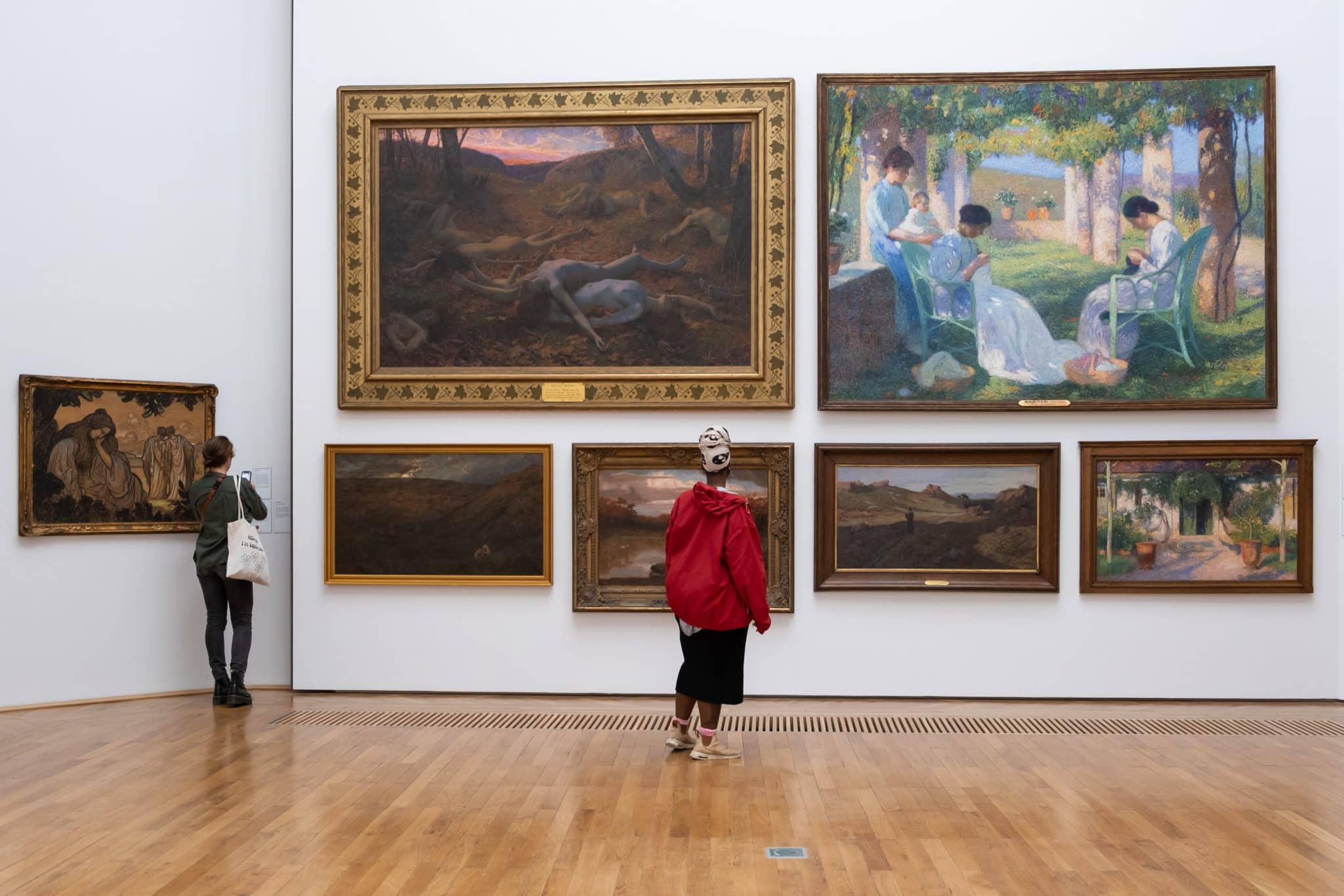
0 comments